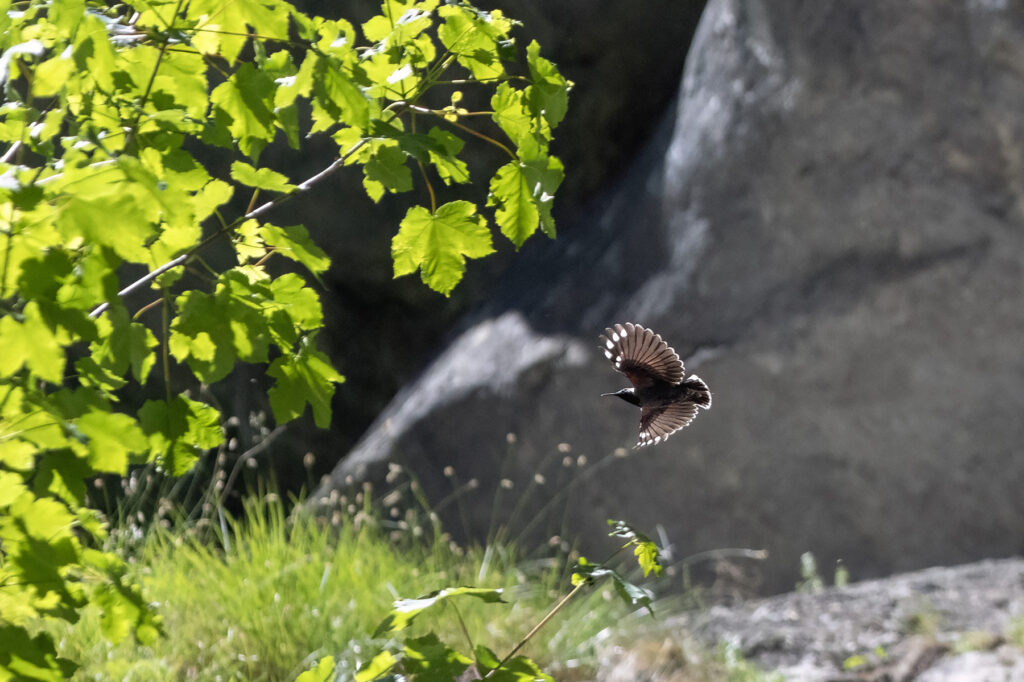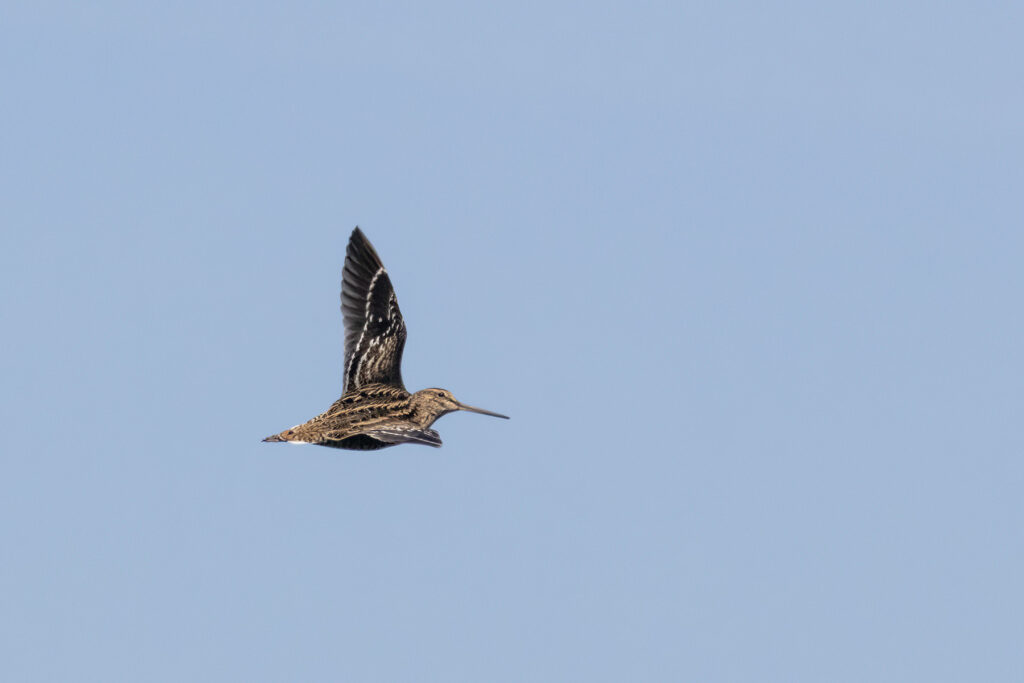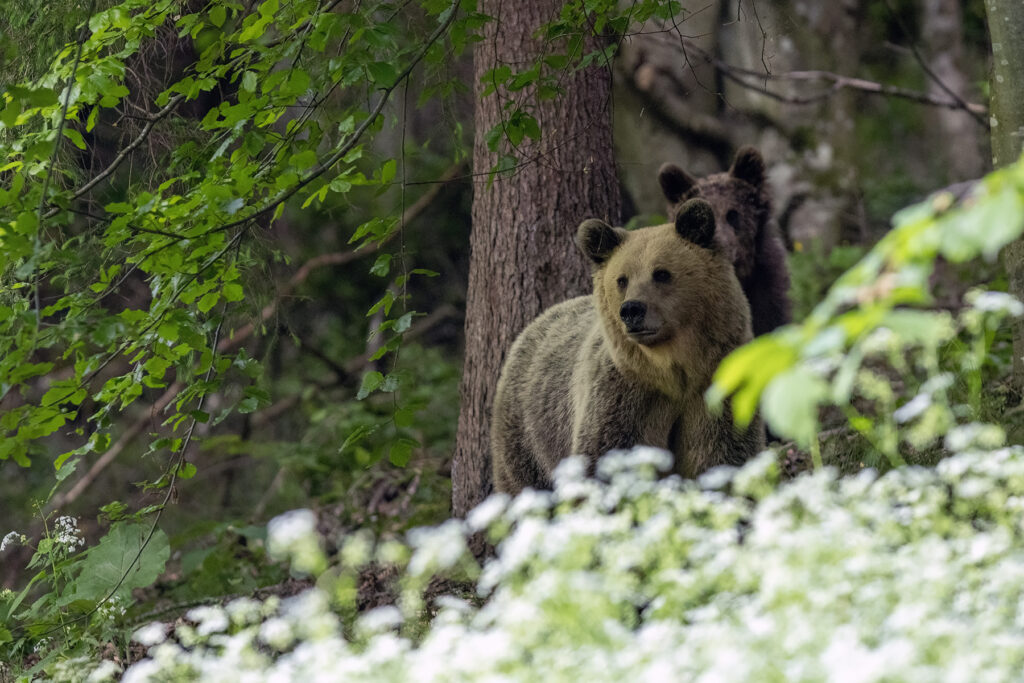Danube Delta in winter
/
The Danube Delta in winter is an exciting adventure and it did not dissapoint us in 2025 with many great photo opportunities! The breeding plumaged Dalmatian Pelicans in the snow, magical Eurasian Otters on ice, Golden Jackals fighting in their magnificent winter coat, full breeding plumaged Pallas’s Gulls, Wildcats at night, fishing White-tailed Eagles and even a few sightings of the critically endangered European Mink were certainly the highlights of the 2025 season! Please take a look at the tour description and you will see theat the Danube Delta has so much more to offer compared to a visit to Lake Kerkini. And there are even more opportunities to those aformentioned highlights such as Long-eared and Tawny Owls at night, breeding plumaged Great Cormorants, fantastic drone photography and winter-mode delta fishermens. It is a superb tour indeed if the weather is in our favour and most of February was excellent in 2025. The window for this tour is very limited hence this is a rather exclusive tour and definitely a great experience for those who up for the winter challenges! If you are interested in such an adventure you can find the 2026 tour dates online now!
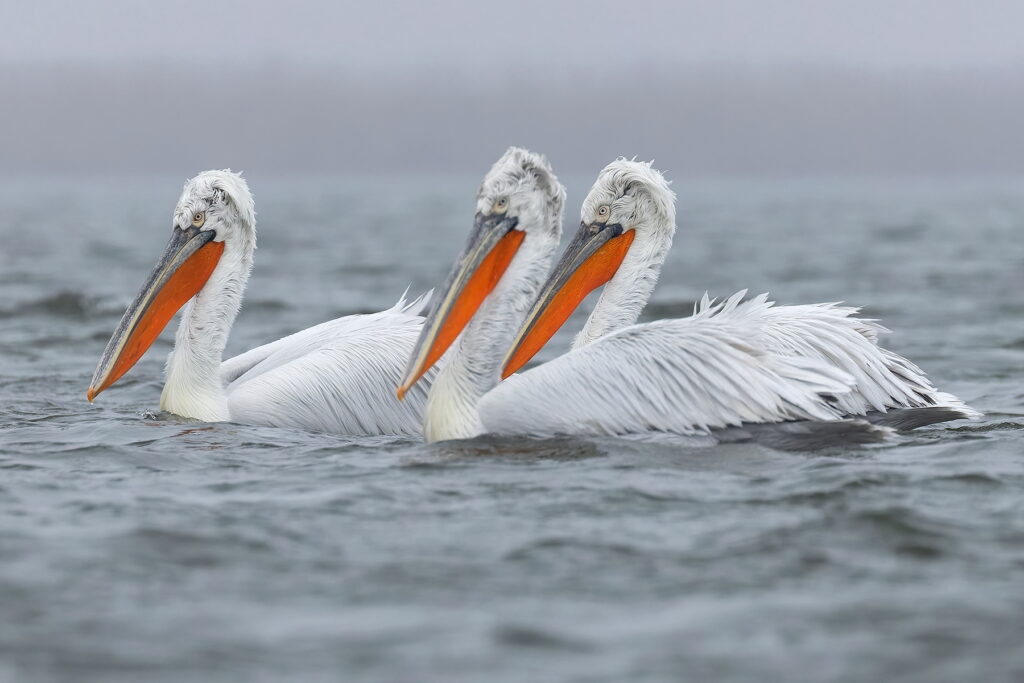
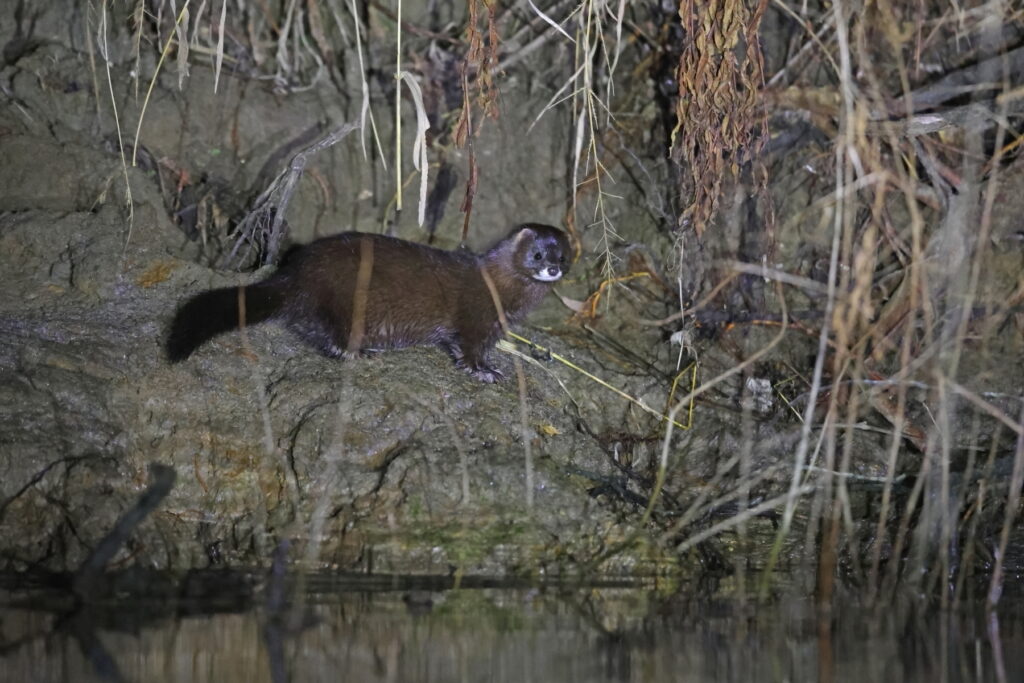

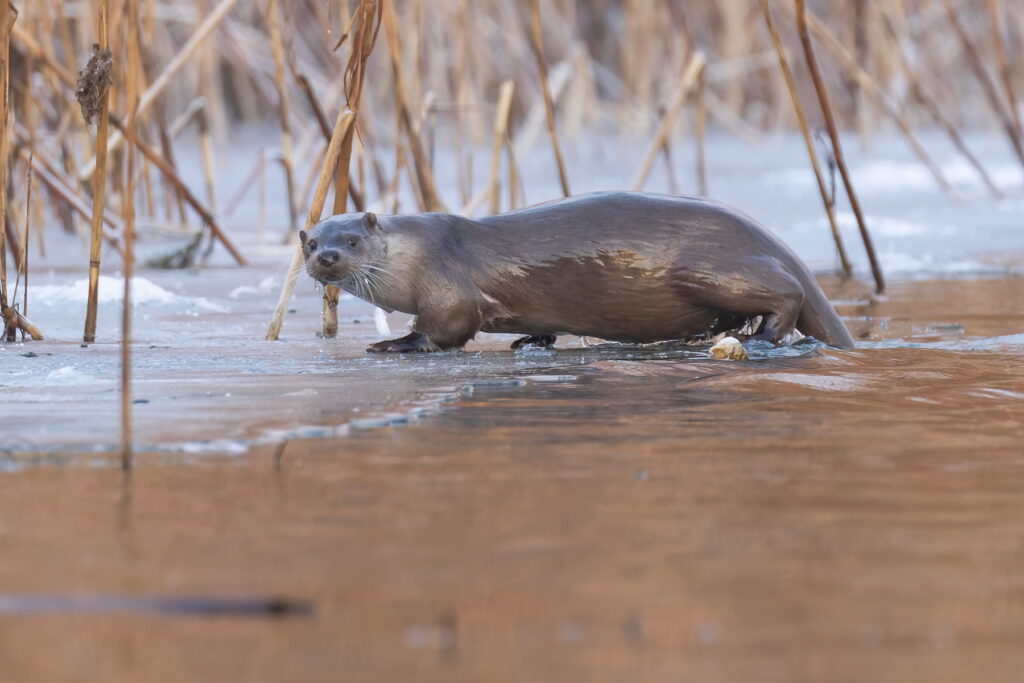
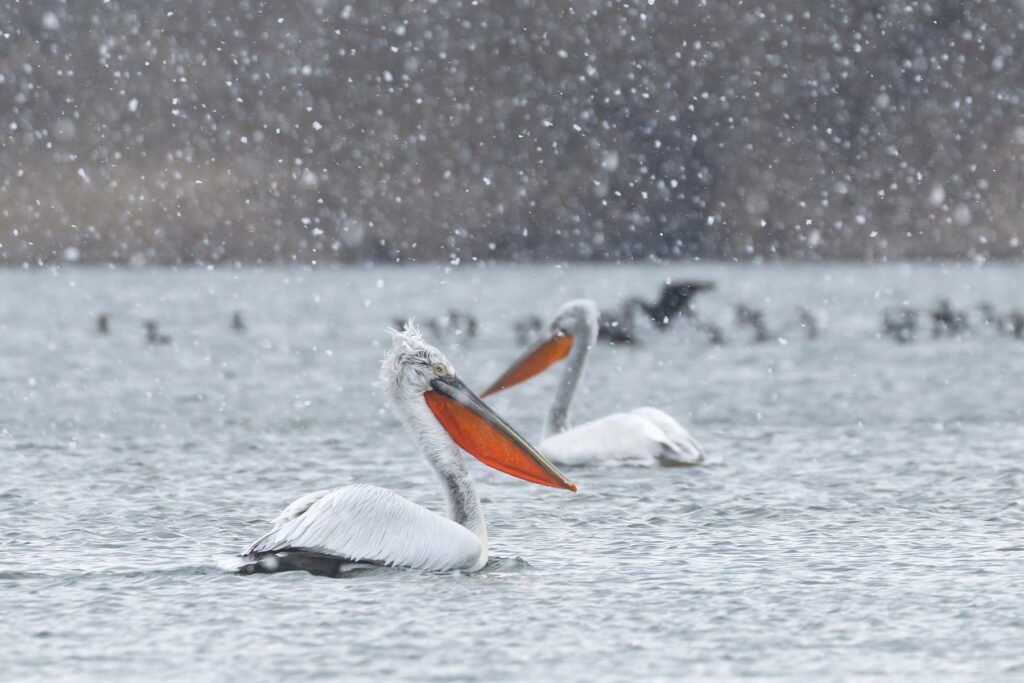
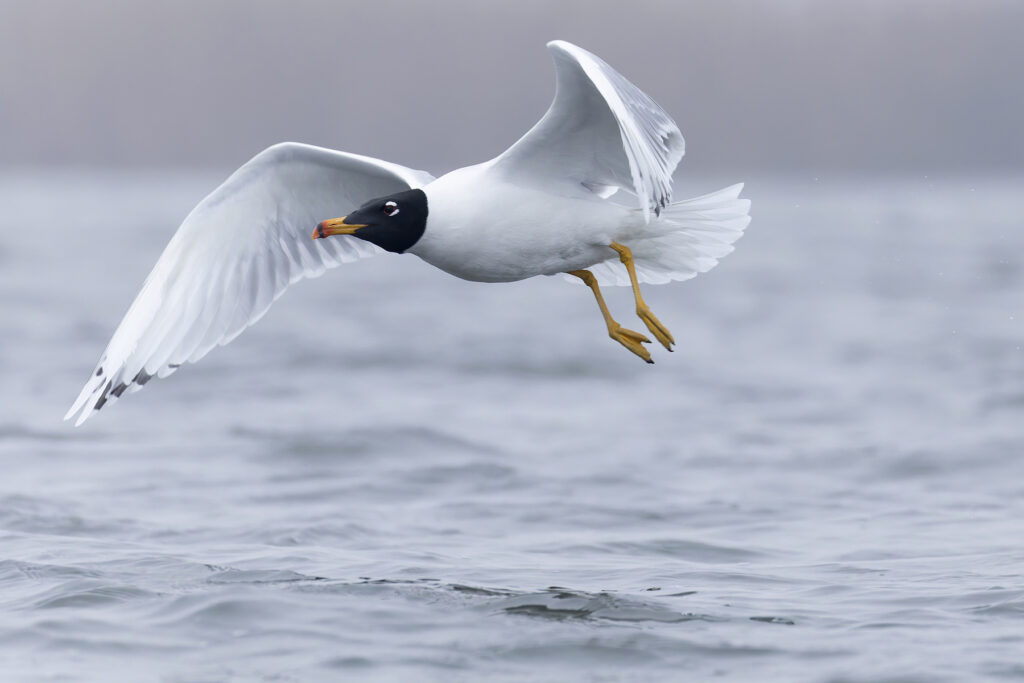
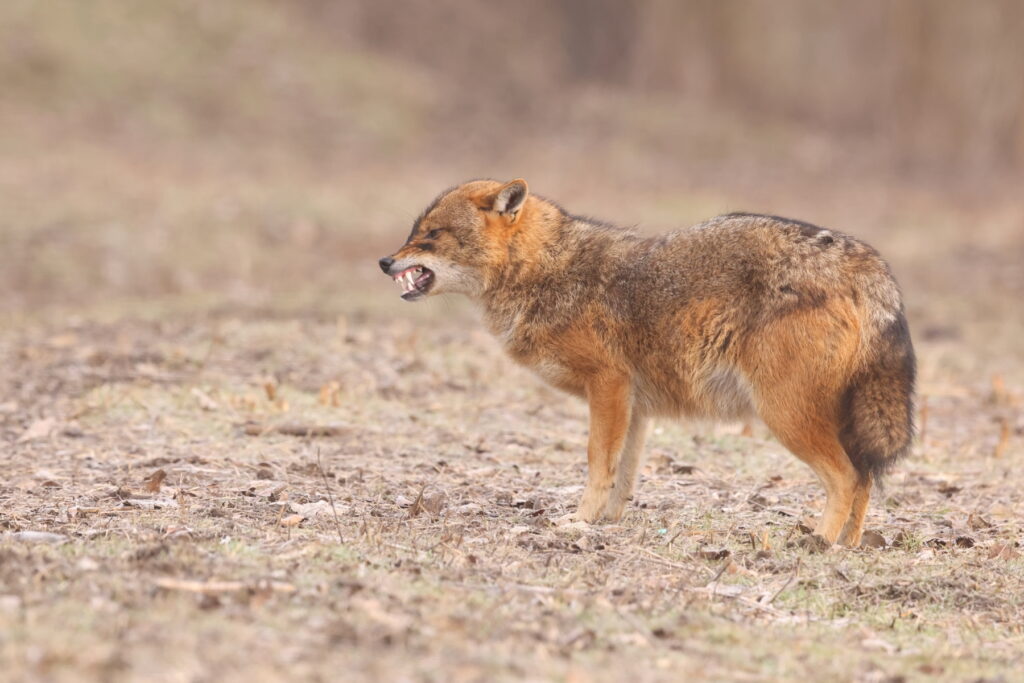
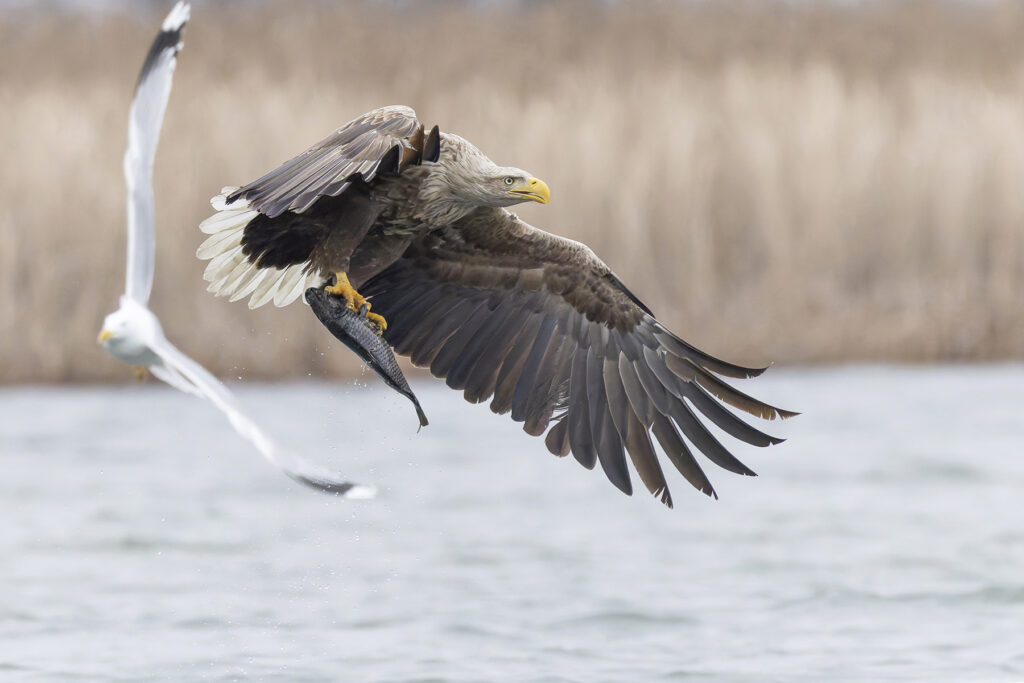
Autumn in the Hortobágy
/
It has been a great autumn for birding in the Hortobágy region. The very spectacular Crane season, where more than 150.000 Common Cranes are staging inside the Hortobágy National Park was again providing some unforgettable experience for birders visiting the area with seeing them on their night roost being the highlight of every birding tour this time. Of course, other specialities of the area still present at the same time and probably this time of the year is the best to see as many Eastern Imperial Eagles as possible in the region if someone is mainly after the raptors, although Saker Falcon is usually harder this time we still have good chances of finding one.
The other spectacle later Autumn is when the huge numbers of wild geese arriving from Siberia are flooding the area giving a great chance to find the endangered Lesser White-fronted Goose and Red-breasted Goose in the seemingly endless flocks of Greater White-fronted Goose. However, this year the geese were a bit late, fortunately, it seems they arrived in good number by the second half of November and both endangered species are now presenting in good numbers inside the safe borders of the Hortobágy National Park.
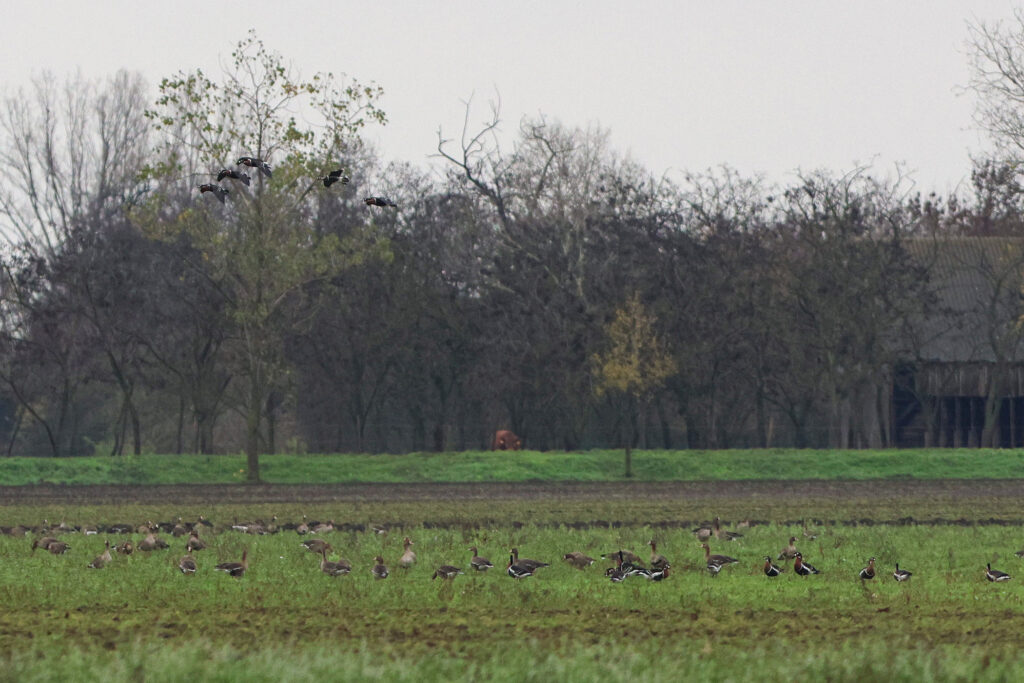
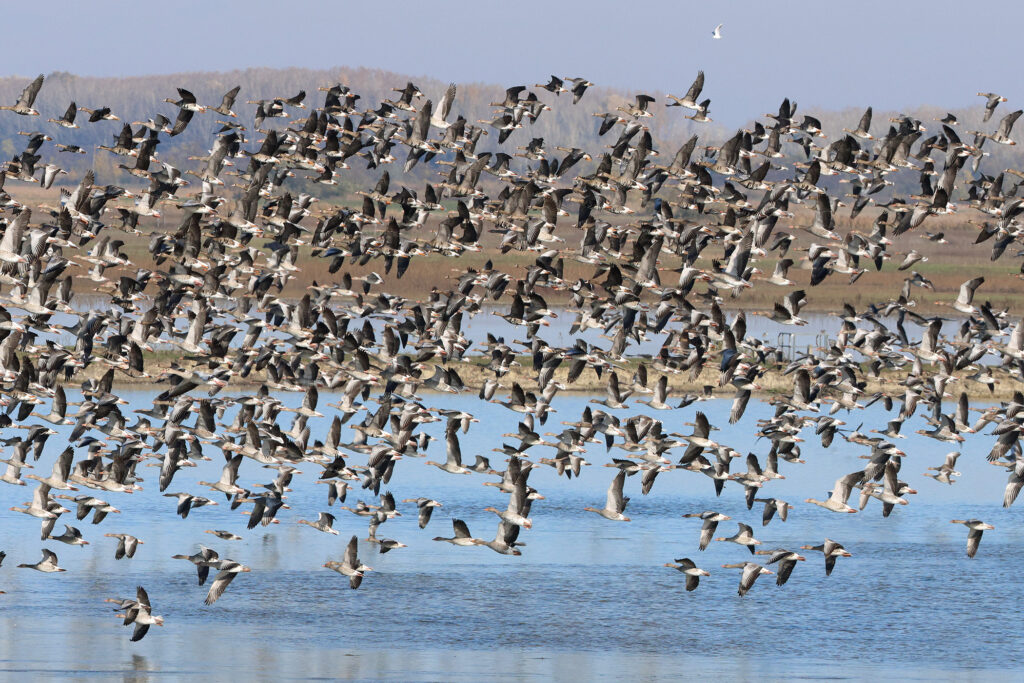
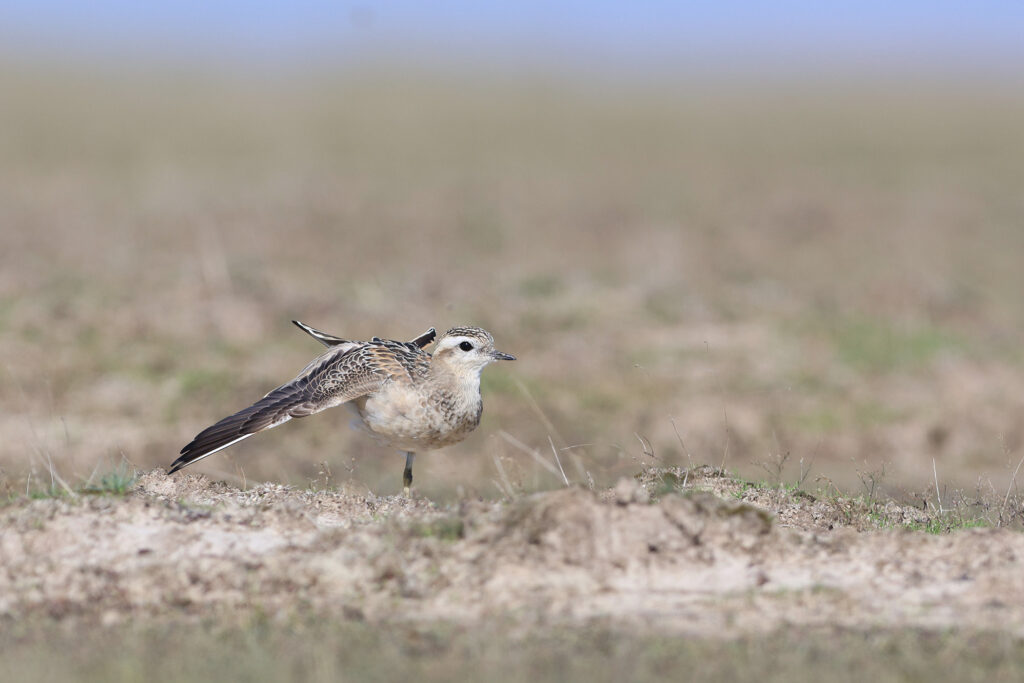
Lynx observation in September 2024
/
Seeing a wild Eurasian Lynx in daytime is dream for mammalwatchers! Most of us just dream about such an encounter and it never happens but sometimes dreams come true for some! We were lucky to encounter a Lynx on a fresh kill in September 2024. Our guide Szabolcs Kovács has been exploring the Hargita Mountains with clients when they spotted a fresh Roe Deer carcas. Szabolcs realized it was freshly killed by a Lynx, you need to know what you see! As an experiment we positioned a mobile hide in a safe distance and waited if the Lynx would come back. And not only she did come back but brought along her two Lynx cubs. They had been visiting the carcas several times in the next 46 hours. The Roe Deer was finished in less then two days. They were mostly visiting in the early hours of the day and also in the afternoon. Those 2 days were very special and we are happy that most of our team who is involved with our mammal tours or Lynx tours managed to see this beautiful animal. Even some very lucky clients could enjoy it. Thanks for all to make it happen but especially for Szabolcs!
We regularly encounter wild Eurasian Lynx on our early spring Eurasian Lynx Tour but especially the Lynx Photography Tours led by our expert Lynx tracker Ferenc Alpár Gothárd. It is not something we can guarantee but every time we definitely try hard to find one!
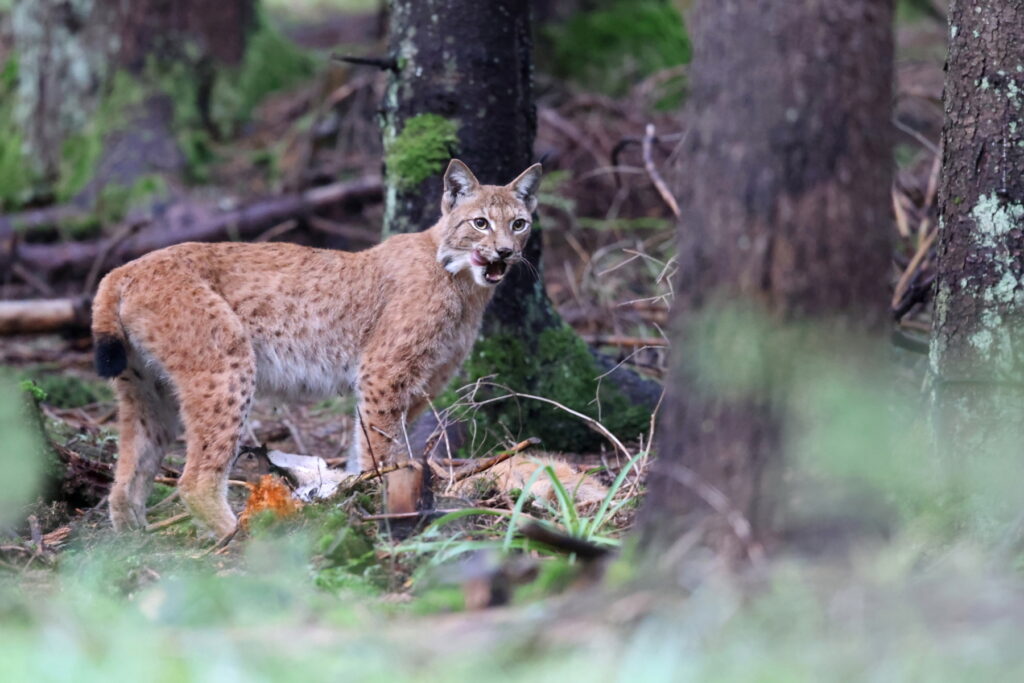
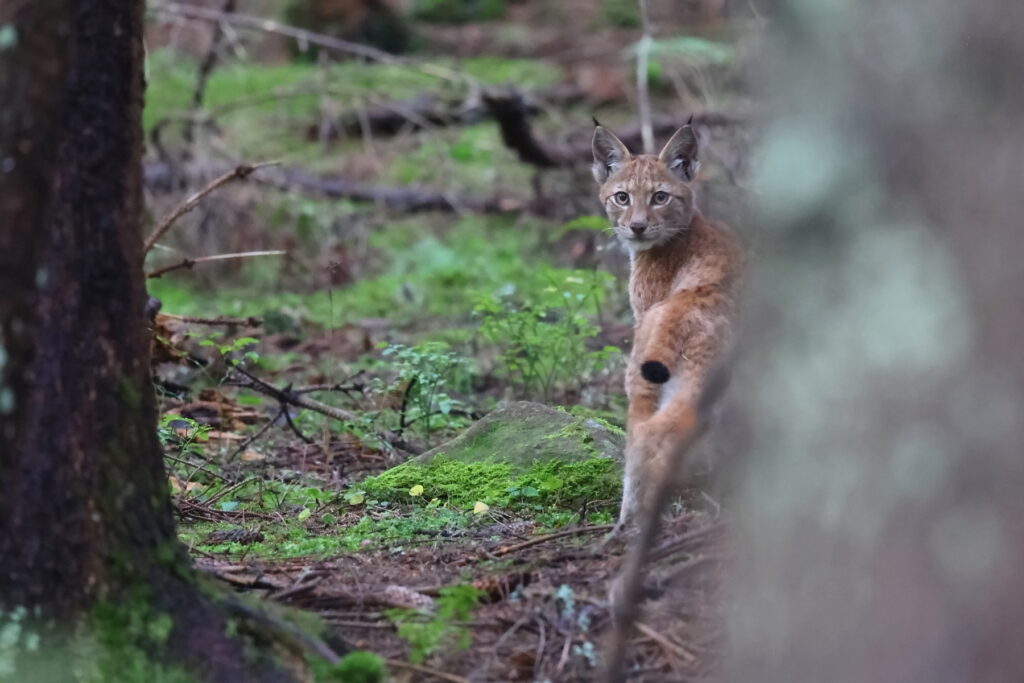
Romania Mammal Tour 2024
/
Our annual tour to Romania has ended. This is a relatively short 9 days tour aiming to see as many mammal species as possible! Yet again it was an action packed tour with a lot of mammal sightings and fantastic starry nights in the Danube Delta and the Carpathians. This year we saw an amazing 58 species of mammals and this was the first time we could observe the rare Marbled Polecat. There were many other highlights too which included a rather brief European Mink sighting as well as Eurasian Forest & Hazel Dormouse, Romanian and Common Hamster, Northern Birch Mouse, Bechstein’s and Geoffroy’s Bats and five spoecies of shrews! A great tour with lots of fun! This is still the ultimate mammal tour in Europe, so if you want to see mammals in this continent this is a tour for you! Come and join us in 2025!
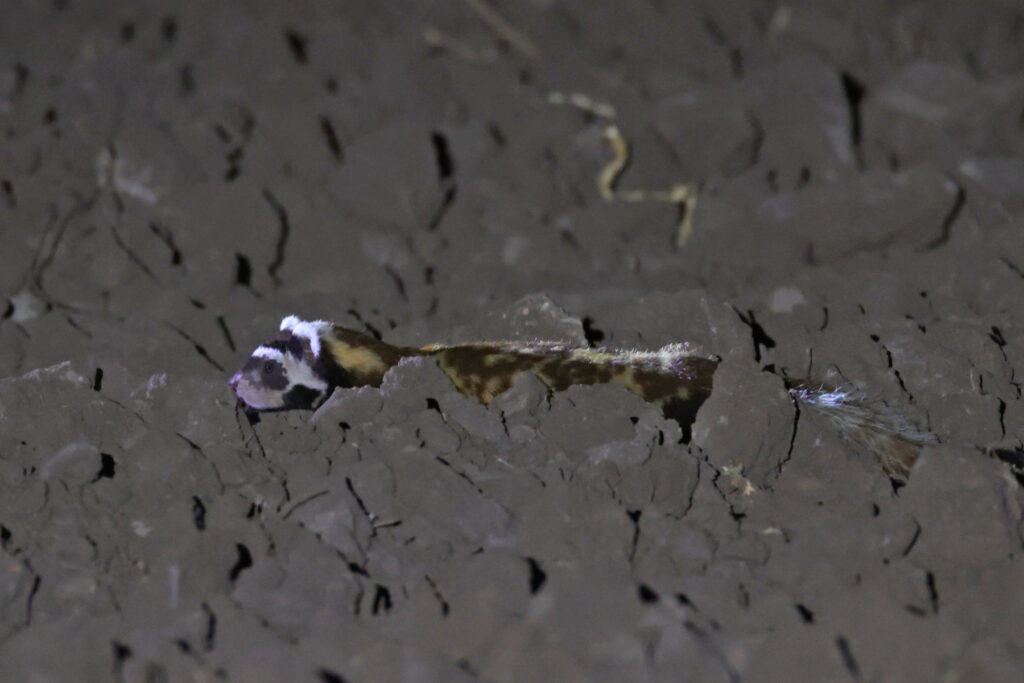
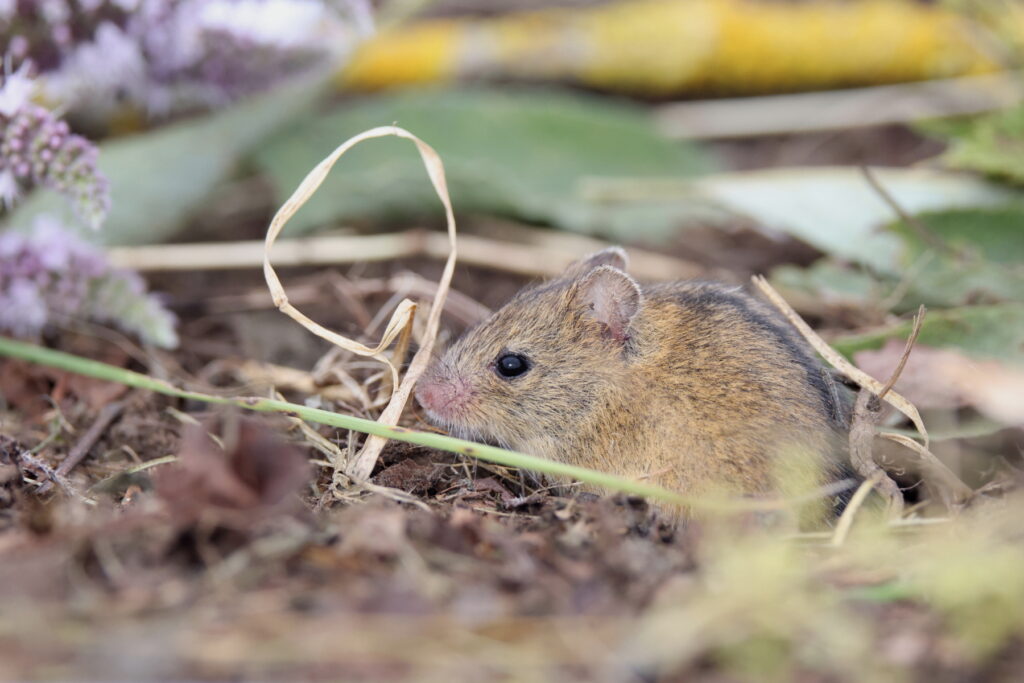
Our Bee-eater Hide was excellent!
/
Our Bee-eater hide was excellent throughout June and most of July with some excellent actions. These colorful birds are always firm favorites for our guests and spending a few hours with their daily activity offers a great chance and unique experience. Europe’s most colorful birds usually arrive back in early May and start their activity around the breeding places. Normally from 15 or the latest from 20th May their photography can start. In 2024 it was an extreme years when the first Bee-eaters were observed as early as mid April in Hungary and the entire breeding season was early. We had fantastic mating activity already from 10th May and action never stopped until late July. Great fun! Come and join us for our June 2025 Hortobagy Bird Photography tour: https://www.sakertour.com/hide-photography/hungary-photo-tours/spring-summer-hide-photography-tour/#price-and-date
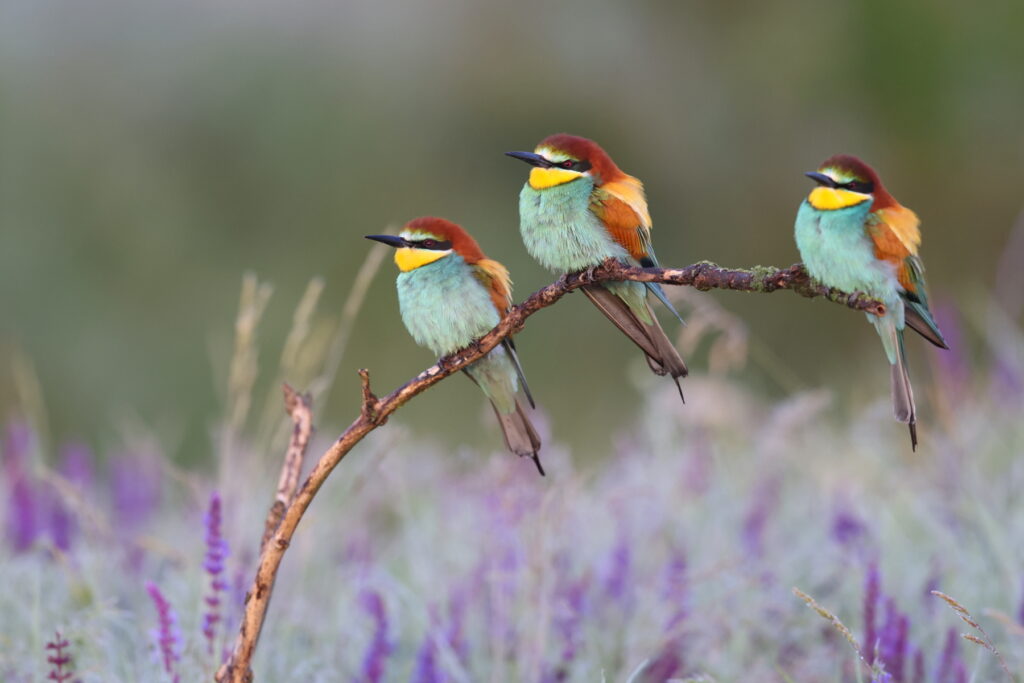
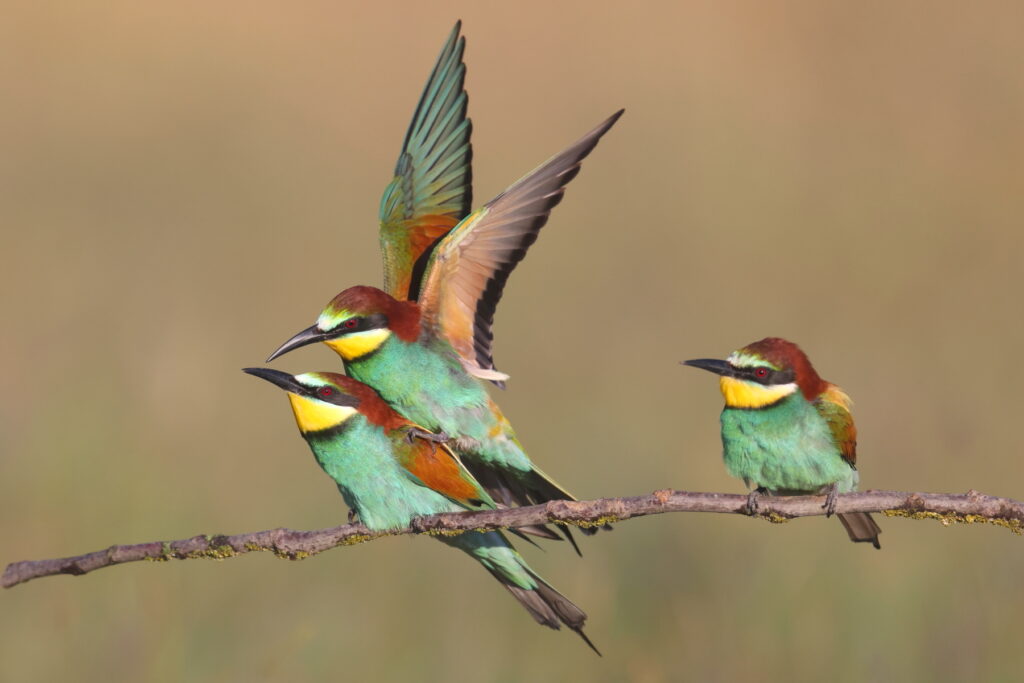
New record on our 2024 GT
/
We finished our annual GT the first time excluding Slovakia from the itinerary, thus being one day shorter and visiting Hungary and Transylvania (Romania) only during the tour.
Our expectations were exceeded as we managed to record more species during the tour as on any previous one and broke the ‘record’ standing for 10 years as we managed to put down 234 bird species on our list.
Luckily all major highlights were seen, including 10 woodpecker and 9 owl species with the tricky Three-toed Woodpecker, the scarce White-backed Woodpecker included as well as the sought-after Ural Owl and Tengmalm’s Owl.
We birded the lowlands in Hungary with great wetlands giving us such great birds as Broad-billed Sandpiper and Great Snipe, while reaching higher altitude zones in the Carpathian Mountains in Romania where we saw Western Capercaillie, Eurasian Pygmy Owl and ‘Carpathian’ Brown Bears. The most scenic parts in Transylvania were the Békás Gorge where Wallcreeper was a dream bird for many of us to see and the Torockó Valley which held some trickier to see species like Sombre Tit and Common Rock Thrush.
Click here for the report of the tour with all the details and images give a concise reading what happened in 11 days of birding in Central Europe.
